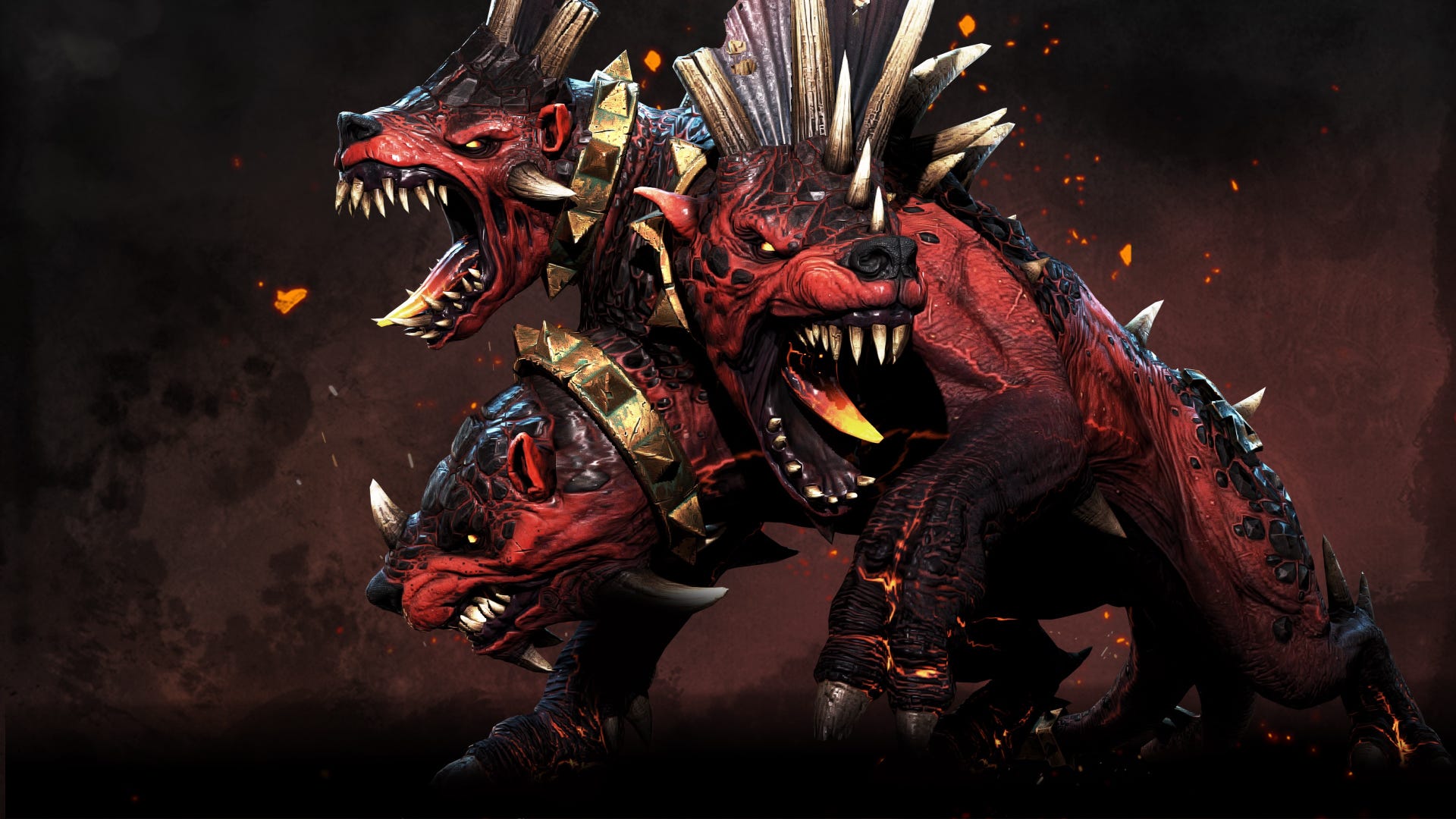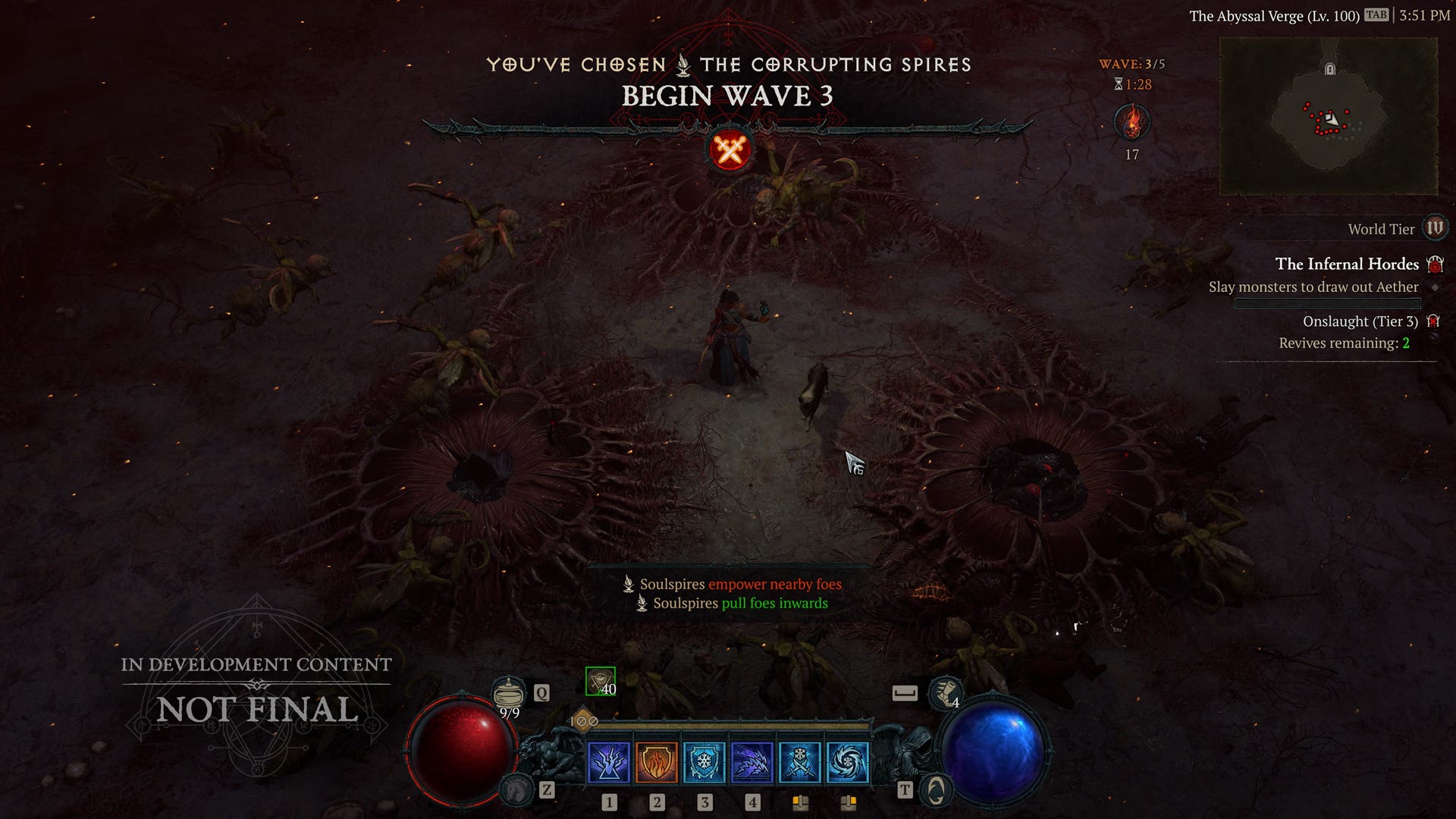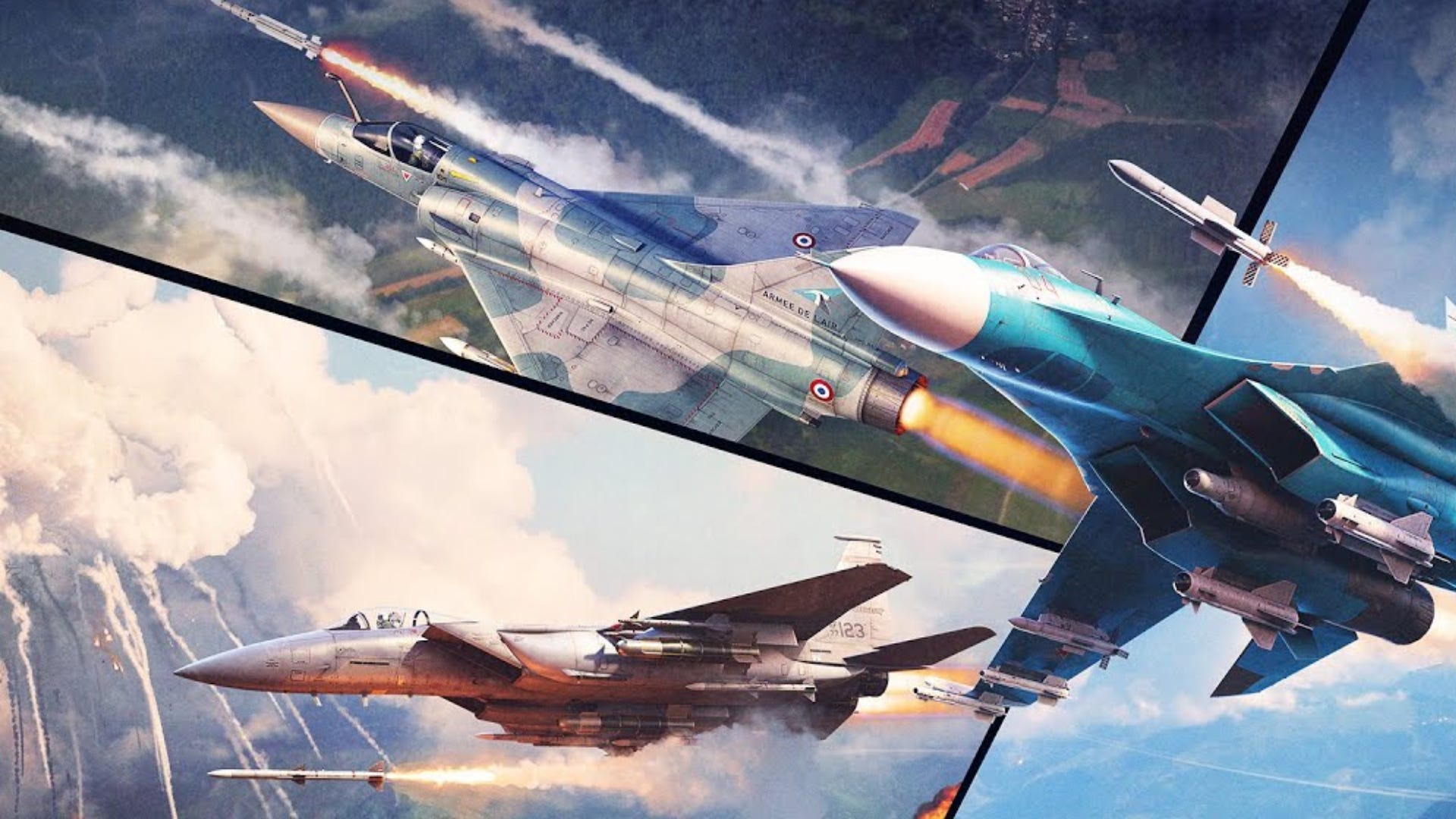Helldivers 2 developer Arrowhead has issued a new patch for the PC and PlayStation 5 co-op shooter that fixes the Spear after a previous update caused crash problems.
Last week’s update 1.000.402 included a fix for the Spear not targeting several entities (spawners, compound objects, etc). This change was welcomed by fans because, it was hoped, it would finally make the Spear weapon more reliable out on the battlefield.
However, players soon found that the Spear, the very weapon Arrowhead had sought to fix, caused crashes, resulting in a fresh recommendation not to use it. Now, patch 01.000.403 includes a fix for Spear-related crashes. Fingers crossed that’s now the end of the Spear’s tumultuous time in Helldivers 2.
Elsewhere, there are more fixes for a variety of relatively minor problems, and an updated list of issues Arrowhead is working on.
Helldivers 2 is the fastest-selling PlayStation game of all time, having shifted an incredible 12 million copies in just 12 weeks since going on sale earlier this year. Amid the huge revenue Helldivers 2 has generated, Arrowhead itself has suffered a number of crises, including launch server problems and, most recently, a battle with Sony itself over the console maker’s controversial attempt to force Steam players to account link to PlayStation Network.
Arrowhead recently revealed it was in the process of setting the studio up so it could “make more and better stuff” in the long-term. In an introductory post on reddit, new CEO Shams Jorjani, who recently replaced previous Arrowhead CEO and now current Chief Creative Officer Johan Pilestedt, said the studio has had to adjust to the enormous success Helldivers 2 has brought to the company.
Helldivers 2 update 01.000.403 patch notes:
Overview
For this patch, we have made improvements and changes to the following areas:
- Crash fix related to the FAF-14 Spear
- General fixes
General
- Japanese language voice-overs are now available globally on PS5 (also on PC).
Fixes
Crashes
- Fix for crash happening when players with unique hellpod patterns leave during hellpod launch cutscenes
- Crash fix while aiming with the FAF-14 Spear
Misc fixes
- Fixed corrupted text showing “?” for some characters when having Traditional Chinese language selected
- Fix for Plasma Punisher being unable to shoot out of the SH-32 Shield Generator Pack and the FX-12 Shield Generator
- Fixed so the Quasar Cannon has the correct change to its heat when on hot and cold planets
- Fixed issue where Spore Spewer would appear purple on certain planets
- Fixed some cases where pink question marks would appear in missions on various planets
- Fixed Peak Physique armor passive not properly affecting weapon ergonomics
- Fixed issue where available Operations were reset after player reconnected from getting kicked due to inactivity
Known Issues
These are issues that were either introduced by this patch and are being worked on, or are from a previous version and have not yet been fixed.
- Sending friend requests via friend code in game currently does not work
- Players may be unable to be joined or invited to the game
- Players added to the Recent Players list will appear in the middle of the list
- Players may experience delays in Medals and Super Credits payouts
- Enemies that bleed out do not progress Personal Orders and Eradicate missions
- Deployed mines may sometimes become invisible (but remain active)
- Arc weapons sometimes behave inconsistently and sometimes misfire
- Most weapons shoot below the crosshair when aiming down the sights
- Stratagem beam might attach itself to an enemy but will deploy to its original location
- Hand Carts ship module does not reduce Shield Generator Pack’s cooldown
- Superior Packing Methodology ship module does not work
- Bile Titan sometimes does not take damage to the head
- Players may become stuck in the Loadout when joining a game in progress
- Reinforcement may not be available for players who join a game in progress
- Planet liberation reaches 100 % at the end of every Defend mission
- Raise Flag of Super Earth objective does not show a progress bar
- Mission count in the Career tab is being reset to zero after every game restart
- Some weapons’ descriptions are out-of-date and don’t reflect their current design
Wesley is the UK News Editor for IGN. Find him on Twitter at @wyp100. You can reach Wesley at wesley_yinpoole@ign.com or confidentially at wyp100@proton.me.




